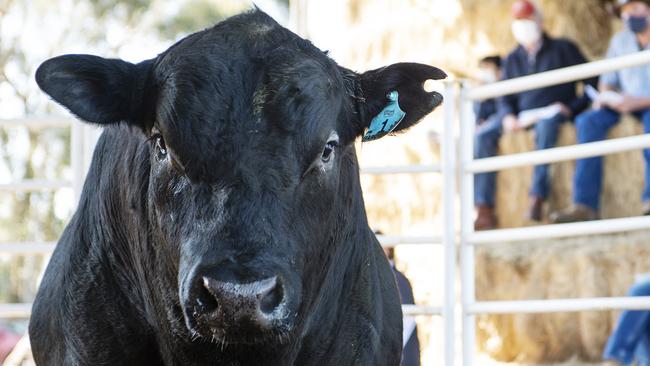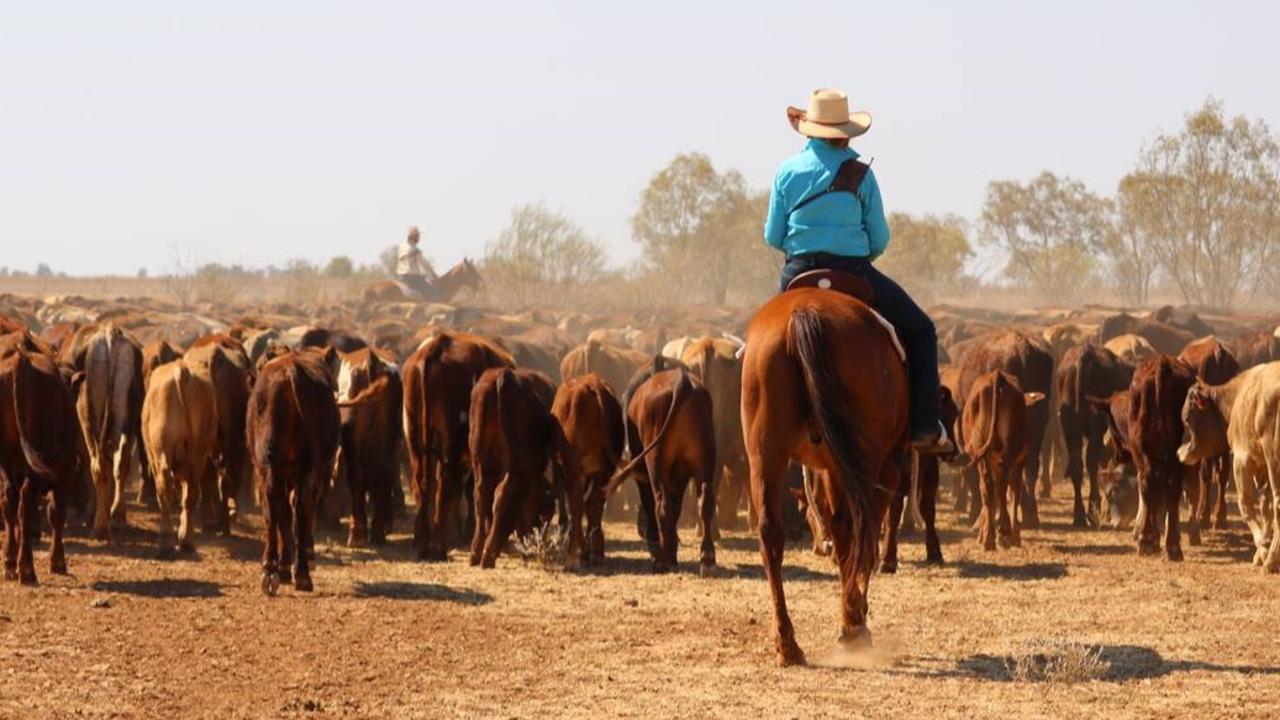Red meat investment: Where producer levies were spent last year
Animal welfare was a key area of investment for the livestock industry last year, funded heavily by producer levies. But levy contributions look set to decline next season. Here’s why.

ANIMAL welfare gains and promoting the role of red meat in a healthy diet were key areas of investment for the red meat industry last year.
But the amount of money contributed by producer levies could decline next season, according to one industry expert.
Meat and Livestock Australia’s annual report 2019-20, released earlier this month, showed the organisation invested $37.1 million in consumer and community support in the red meat industry in 2019-20.
Of that amount, $10.3 million was drawn directly from producer levies.
The Cattle Council Australia chief executive Travis Tobin said the council was pleased with the continuation of marketing and research for the beef industry “despite the impacts of prolonged drought, and more recently COVID-19”.
“With grass-fed producer levies accounting for $63 million of the funding for MLA’s work, it is encouraging to see that delivery against key performance indicators increased to 76 per cent,” Mr Tobin said.
More than $20 million was invested in animal welfare, $13.2 million invested in stewardship of environmental resources, and $3.6 million invested in exploring the role of red meat in a healthy diet.
“We expect that grass-fed producer levies will decline in 2020-21, reflecting a drop in the number of cattle being sold. This is for two reasons: because we have a smaller than average national herd due to prolonged drought, and because producers are now holding on to their cattle as conditions improve,” Mr Tobin said.
“The drop in levy revenue is actually a positive, it shows producers are choosing to hold on to their stock and rebuild their herds as conditions improve in several important beef-producing regions.”
The Australian Lot Feeders’ Association declined to comment on the MLA report.
MORE



